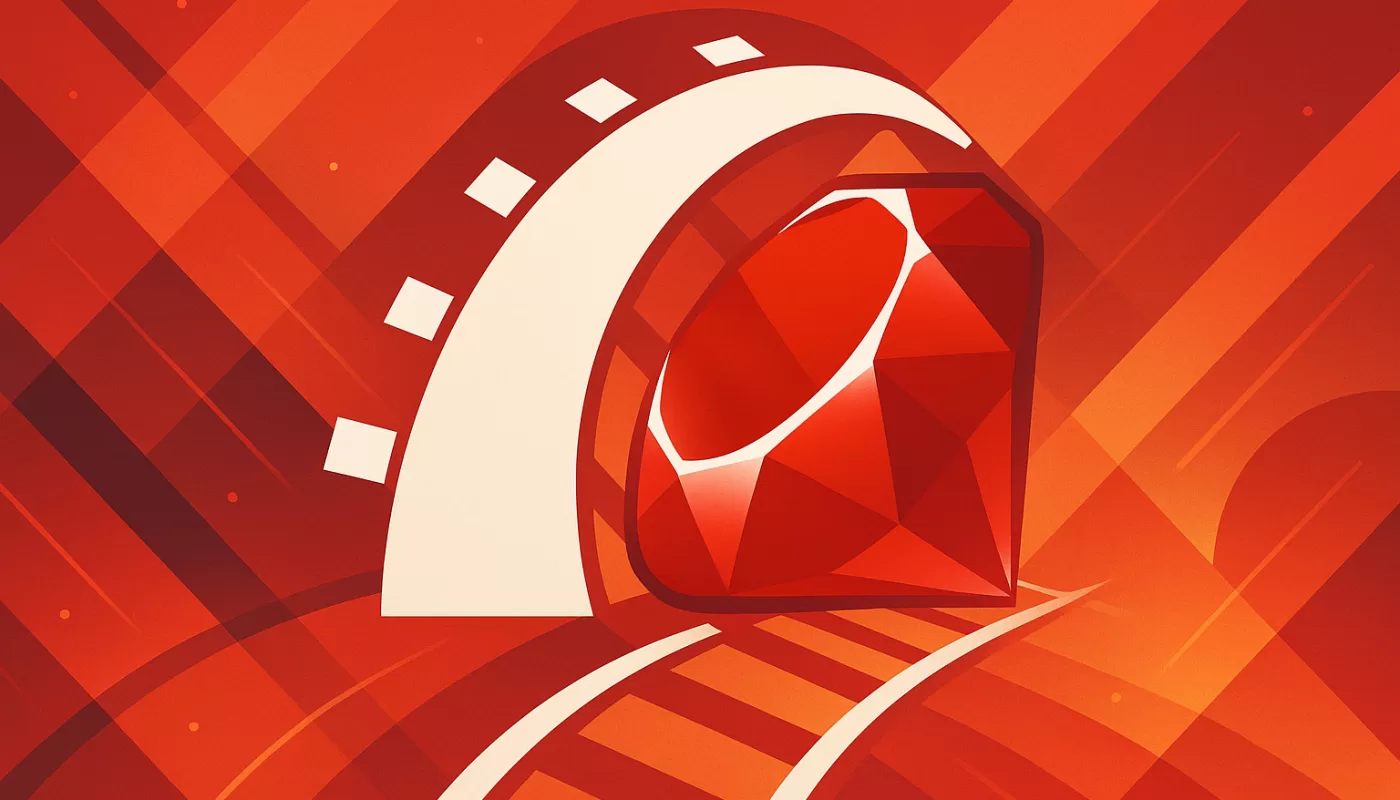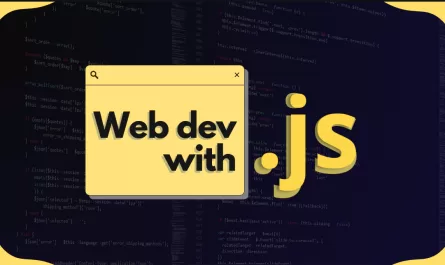When Ruby on Rails was first released in 2004, it didn’t just offer a new way to build web applications—it sparked a revolution. Rails, often just called "RoR," brought fresh ideas and a bold philosophy that dramatically influenced web development. In this post, we’ll dive into the history of Rails, its guiding principles, and the lasting impact it’s had on how we build for the web.
Ruby on Rails was born inside the Basecamp codebase, a productivity tool built by 37signals (now Basecamp). Created by David Heinemeier Hansson (DHH), Rails was extracted and released as open-source in 2004. Suddenly, building a blog in minutes wasn’t just a dream — it was real, and developers everywhere took notice.
What Makes Rails, Rails?
Ruby on Rails was built on several core philosophical principles that still define it today. Together, these values form the philosophical backbone of Rails. They reflect a deep commitment to empowering developers, streamlining common tasks, and building software with joy and purpose.
The Rails Doctrine is the document that codifies these principles, in 9 topics. To keep it short, here’s a quick overview of each:
1. Optimize for Programmer Happiness
Rails is built to make developers feel productive, confident, and even joyful. It prioritizes human-centric design, featuring clear code, friendly error messages, and just enough abstraction to minimize friction.
2. Convention over Configuration
Instead of asking developers to make endless setup decisions, Rails offers sensible defaults. By following conventions, you can get more done with less code — and teams can onboard faster and collaborate more easily.
3. The Menu is Omakase
Rails takes a curated approach to tooling. Rather than assembling your own stack from scratch, Rails offers a full-stack framework with thoughtful defaults — from Active Record to Turbo. Like a chef’s tasting menu, the experience is cohesive by design.
4. No One Paradigm
Rails doesn’t lock you into a single architectural style. It’s primarily MVC, but it also embraces object-oriented, procedural, and functional patterns where they make sense. Flexibility within a clear structure is key.
5. Exalt Beautiful Code
Aesthetics matter. Rails encourages code that reads well and feels elegant. It values readability, expressiveness, and simplicity — not just for beauty’s sake, but because clear code is easier to maintain and extend.
6. Provide Sharp Knives
Rails gives developers powerful tools — and trusts them to use them responsibly. Features like metaprogramming, monkey patching, or callbacks can be misused, but they’re available because sometimes they’re exactly what’s needed.
7. Value Integrated Systems
Rails isn’t a loose collection of libraries — it’s a unified system. Each part (routing, ORM, background jobs, etc.) is designed to work with the rest. This integration reduces friction and helps developers focus on building features, not wiring components together.
8. Progress over Stability
Rails evolves aggressively. Breaking changes may happen across major versions, but they’re usually in service of better design, performance, or developer experience. The doctrine favors long-term improvement over preserving legacy patterns.
9. Push Up a Big Tent
Rails welcomes diverse ideas and backgrounds. The community includes entrepreneurs, solo hackers, corporate teams, and hobbyists. The goal is to be inclusive — not dogmatic — about how Rails is used and who gets to shape its future.
—
In the end, what makes Rails truly special isn’t just its features or even its productivity — it’s the philosophy behind it all. The Rails Doctrine captures a set of values that prioritize clarity, joy, and inclusivity in software development. By combining convention with flexibility, power with responsibility, and progress with coherence, Rails creates an environment where developers can thrive.
To read the full document, visit The Rails Doctrine
Rails Through the Years — A Quick Timeline
Let’s zip through the milestones that made Rails the framework we love today:
2004 – The Spark
Rails is born inside Basecamp when DHH pulls it out and shares it with the world. Suddenly, building a blog in minutes isn’t just a dream—it’s real. Developers everywhere take notice.
2005 – Laying the Foundation
Rails 1.0 lands with all the essentials: ActiveRecord for your database, ActionPack to handle requests and responses, and the magical Convention Over Configuration mindset that means less setup, and more coding.
2006–2008 – Rails Takes Off
Big names like Twitter hop on board and a bustling ecosystem blooms with gems like RSpec for testing and Capistrano for deploying. Rails becomes the darling of startups craving speed and agility.
2009–2011 – Growing Pains and Gains
Rails 2 introduces RESTful routes and nested forms to keep things neat. Then Rails 3 merges with Merb, bringing modularity and Bundler — suddenly managing gems is a breeze.
2013 – Speed and Security
Rails 4 sharpens performance with Turbolinks for lightning-fast page loads and Strong Parameters to keep your apps safe from sneaky attacks. Models get cleaner thanks to Concerns.
2015 – Real-Time Ready
Rails 5 shakes things up with Action Cable, opening the door to real-time features via WebSockets. Plus, API Mode lets Rails play nice as a backend for single-page and mobile apps.
2019–2020 – Modern Web, Meet Rails 6
Action Text and Action Mailbox handle rich content and emails with ease. Webpacker steps in as the new default for JavaScript, ushering Rails fully into the modern asset management world.
2021–2024 – Hotwire Revolution
Rails 7 ditches Webpacker for esbuild and Import Maps, and Hotwire (Turbo + Stimulus) makes building reactive, dynamic apps a breeze—without drowning in heavy JavaScript frameworks.
2025 and Beyond – Rails 8 on the Horizon
Rails 8 promises to keep things simple and speedy by dropping Node.js by default and doubling down on Import Maps. Hotwire gets a polish for smoother transitions and turbo streams. Security gets a boost with smarter defaults, and background jobs become more reliable with better deduplication and retry logic. Plus, whispers of AI tooling and edge-ready Rails hint at an exciting future.
—
If you want to know more about Rails’ history and how it shaped the modern web development scenario, take a look at Ruby on Rails: The Documentary, by CultRepo (formerly Honeypot):
Wrapping Up
Ruby on Rails didn’t just redefine web development—it redefined what developers expect from their tools. Its impact can still be felt in frameworks that followed, philosophies that persisted, and the joyful experience it continues to offer developers today.
"Rails is omakase. A team of chefs picked out the ingredients, designed the APIs, and arranged the order of consumption on your behalf." – DHH
Explore More:
We want to work with you. Check out our Services page!




